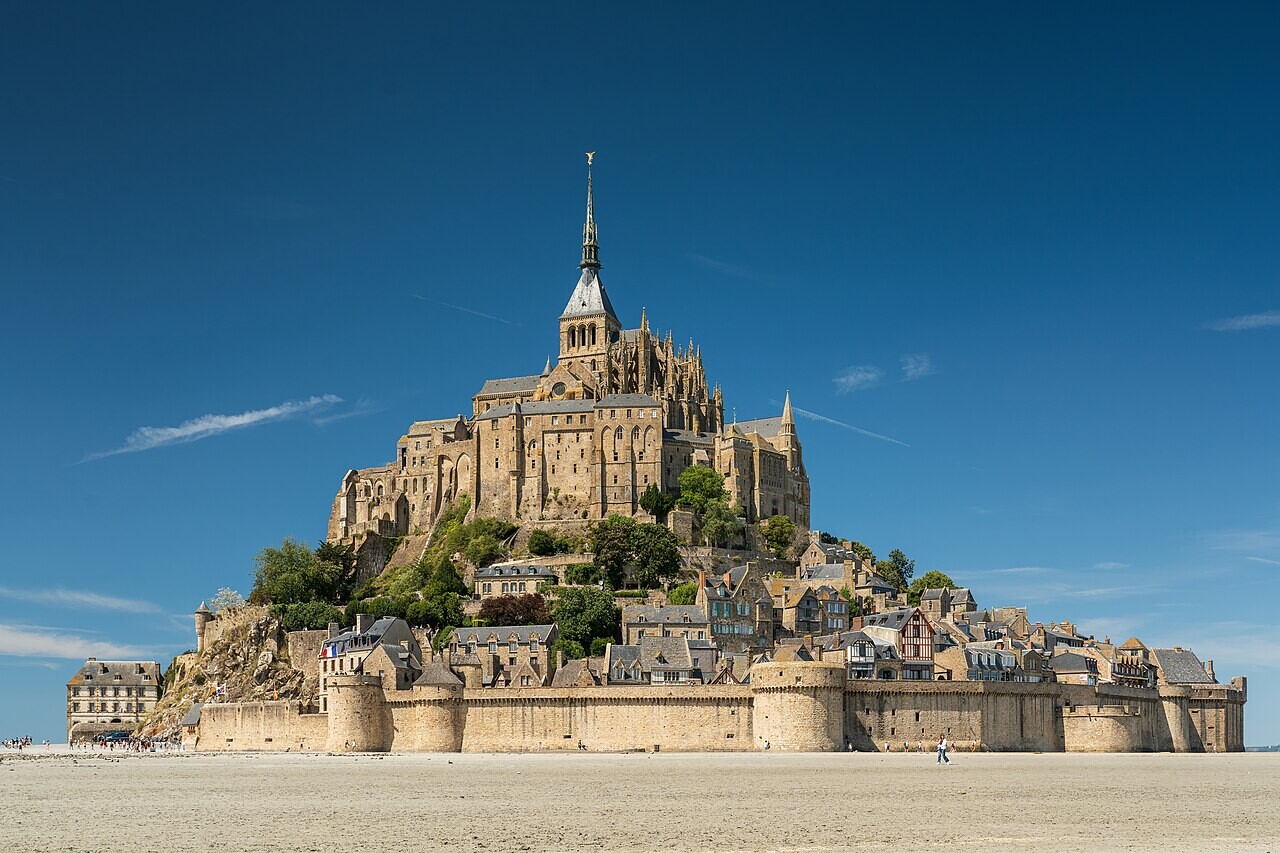5 Castles That Were Totally Impenetrable

Security is paramount when it comes to building a castle. After all, by building it in the first place, you might as well be putting up a sign that reads, “HIGH VALUE HOSTAGE INSIDE.” But some castles are obviously sturdier than others, and some are downright impenetrable — their stonemasons and carpenters practically heroes of the crown. Here are the five most impregnable castles in history…
Malbork Castle

Located in Poland, something about the trees and red brick makes this castle seem quaint. In reality, it’s anything but, and is, at 52 acres, Europe's largest fortress by land area. It was built by the Teutonic Knights, a sort of class of warrior monk crusaders, as a safe haven. It absolutely achieved that goal. It turned into a sovereign state for them, eventually housing their Grand Master, and stood up to sieges for 150 years.
Alhambra

In Granada, Spain, there’s a fortress that’s stood as a centerpiece for centuries, even after the monarchs who occupied it were long gone. This is the Alhambra, still impressive today almost eight centuries after its construction began in 1238. One of the reasons it’s held up so well is its strategic placement. It’s smack-dab in the middle of a patchwork of different difficult types of terrain for potential invaders to deal with. Between forest, mountains and rivers, getting to the walls was half the battle.
Krak des Chevaliers

Looking at the hill in this picture, you can imagine how much of a nightmare it would be to hike up, even in times of peace. That’s a 650-meter vertical haul, which I’d imagine feels even worse in armor. Despite being located in Syria, it was best known for being occupied by the crusaders of the Knights of St. John in the 12th and 13th centuries. In other words, it was a Christian crusader outpost stuck in the middle of Muslim territory, which is to say, it had no shortage of well-deserved enemies. And yet, it always stood up to the test.
Edinburgh Castle

As far as castles go, Edinburgh’s might be the most thoroughly tested. With 26 sieges launched against it over a millennium and change, no location in Great Britain has been attacked more frequently. Despite that, the castle still stands, though chunks were taken out of it from time to time. The photo above lays out Edinburgh’s most effective tactical decision: build something on top of a huge rock, and it is really difficult to attack.
Even the rock, known straightforwardly as Castle Rock, is cool. It’s a volcanic crag, making this a castle fit not only for real-life rulers but one that could easily compete with examples from high fantasy.
Mont St. Michel

I mean, look at this thing. If that’s what your commander pointed to when laying out the plan, I think the barracks would be notably emptier by morning. The seemingly contradictory monastery/fortress is built on a 247-acre island in Mont St. Michel Bay. When the tide is high, it’s surrounded by water. When the tide is low, it's surrounded by quicksand. You can see how this could make things difficult for enemies. Despite being fortified all the way back in 1256, it still played a role in military conflicts as recently as World War II.